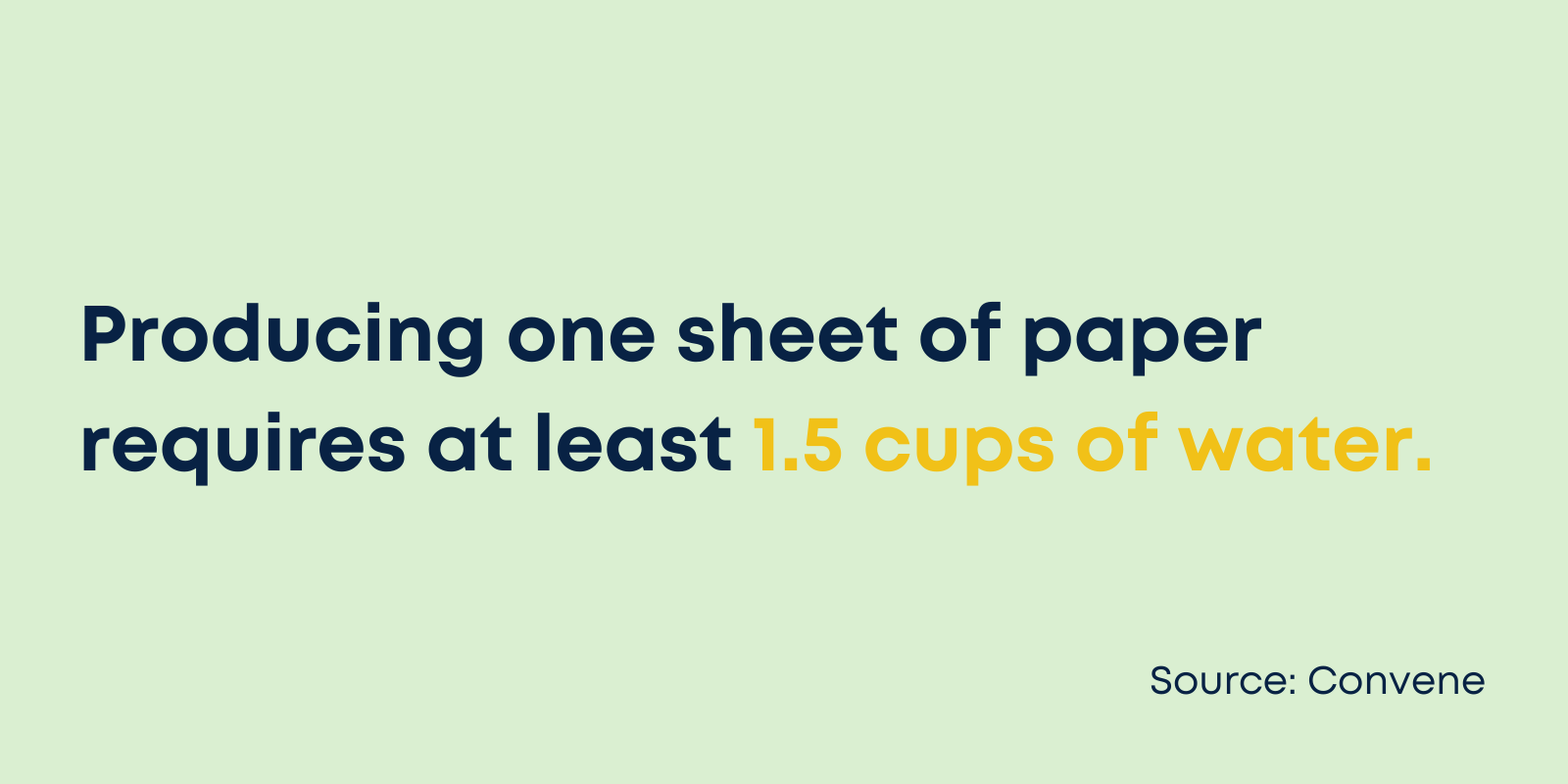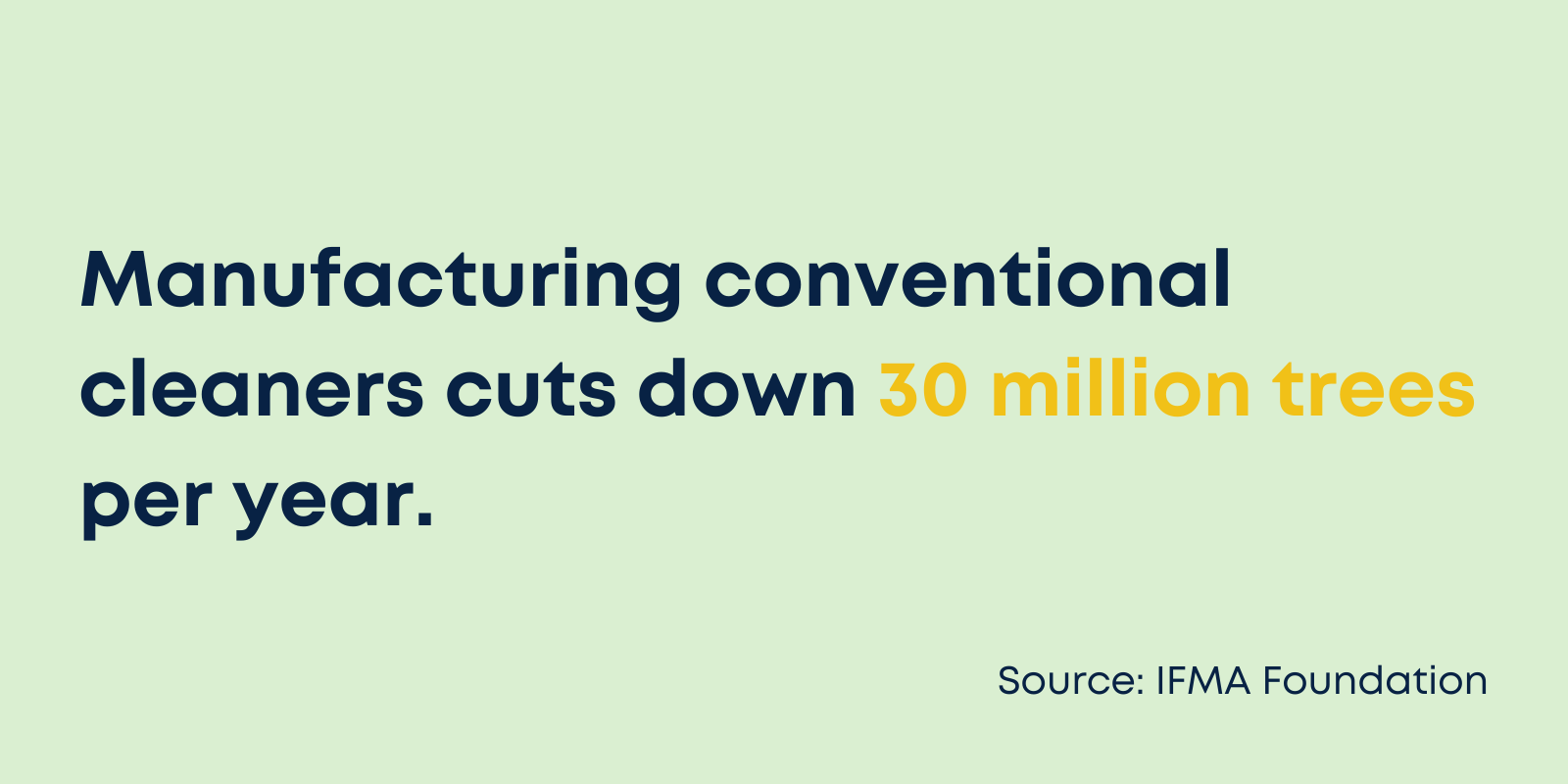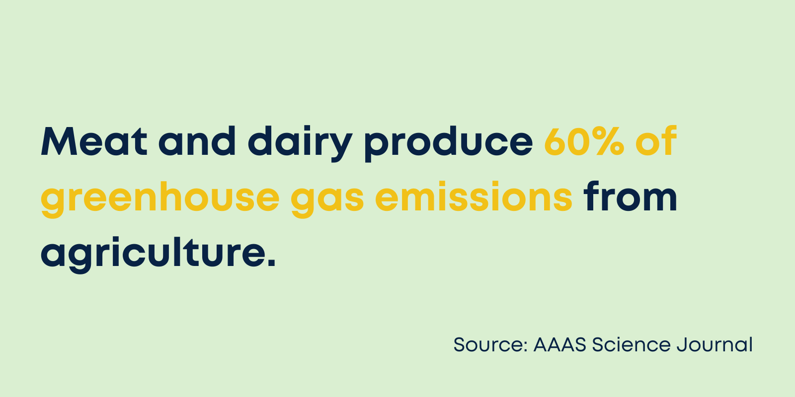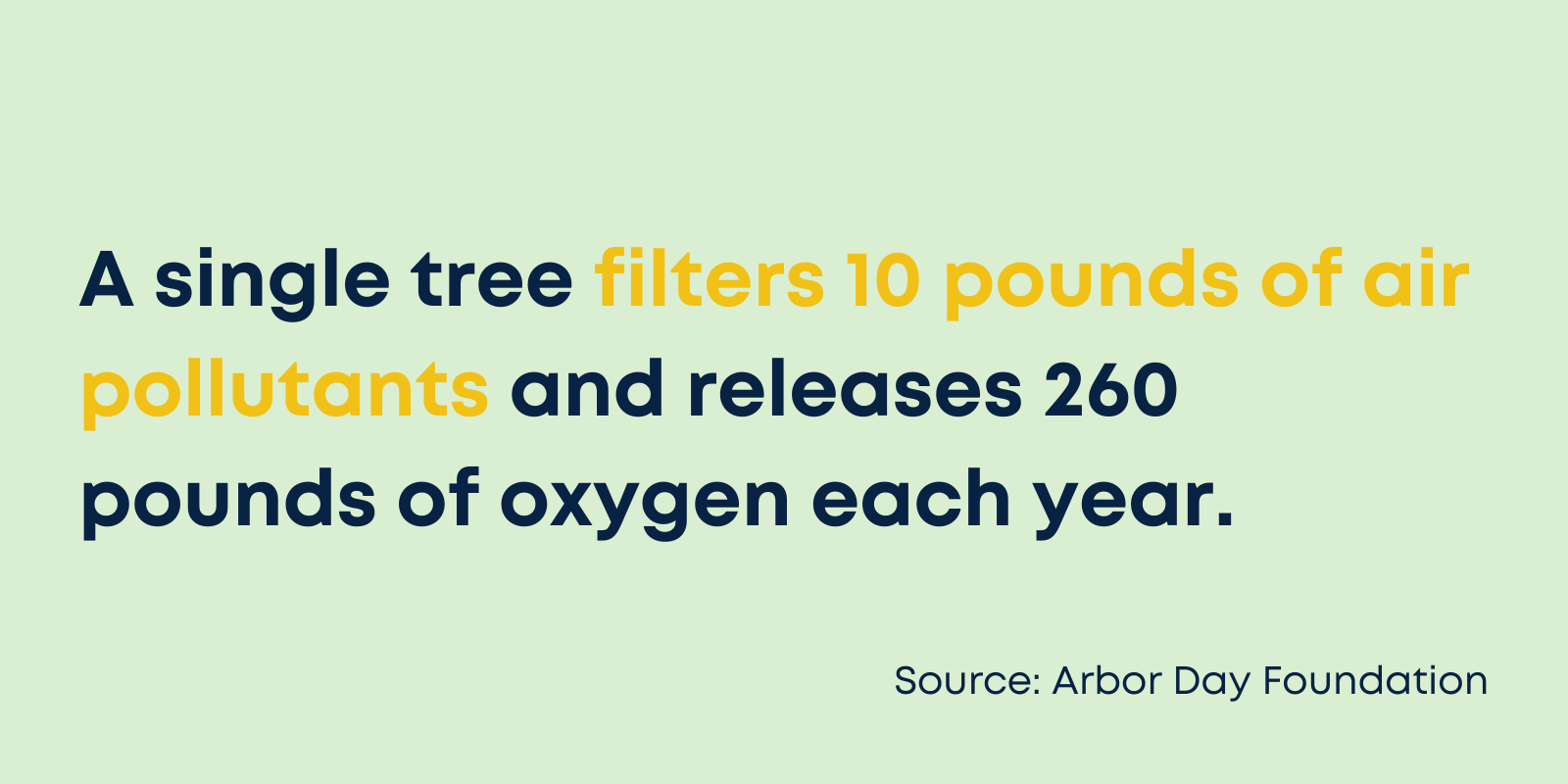8 Sustainable Business for an Eco-Friendly Office Environment
Looking to implement greener practices for your business? Read this article on easy ideas that actually make a difference.

Whether you’re inspired to make some changes for Earth Day or have been thinking of implementing more sustainable business practices for a while, we thought we’d help you get started.
Below are eight simple and affordable ideas that will promote a more eco-friendly office environment for your business. We also include the costs and positive environmental impacts of implementing a few of these practices to help motivate you and your team to go green.
1. Go Paperless

The most obvious sustainable practice is to reduce your use of paper. The silver lining of the pandemic is that it pushed many of us to fully embrace digital solutions for many business processes that relied on paper.
Whether it’s invoices, receipts, contracts, or even presentations, opting for paperless alternatives is not only eco-friendly but allows you, your team, and clients to access important information at any time, from anywhere.
Cost
Research from Sterling Commerce found that on average, manual, paper-based invoices cost companies $30 per invoice. In comparison, fully automated electronic invoicing cost $3.50 per invoice. Fixing an error on a paper invoice can cost you over $50 to rectify. Companies also spend an average of four weeks per year looking for lost paper documents.
If you’re ready to fully automate invoices and go paperless without platforms fees, sign up for GoSite.
Impact
By going paperless, you’re saving over 1.5 cups of water per sheet of paper. For every 20 working individuals who go paperless, we save 1.25 acres of pine forest absorbing carbon gases for a year.
2. Add Plants To Your Workspace
There are tons of benefits to having plants and green spaces in the office. Not only do they help reduce carbon monoxide levels and produce oxygen, but they also clean the air of chemicals like benzene, trichloroethylene, and formaldehyde.
Studies have also shown that workspaces with natural elements reported higher levels of productivity and creativity, as well as lower absence rates.
Cost
A medium-sized snake plant costs around $30.
Impact
Snake plants are great at filtering formaldehyde, xylene, benzene, toluene, and trichloroethylene from the air.
Trichloroethylene, for instance, is a carcinogenic found in printing inks, varnishes, and adhesives among other common office items. Short-term exposure can also cause headaches and fatigue. Fortunately, a study found that plants like the snake plant can remove up to 13% of TCE from indoor spaces after 24 hours of exposure.
3. Use Eco-Friendly Cleaning Products

Regular cleaning products often contain chemicals that are harmful to the environment like phthalates and sodium lauryl sulfate. To help reduce the impact cleaning products can have on air quality, aquatic life, and waste levels, opt for eco-friendly products.
Eco-friendly cleaning products not only use chemicals that are considered safer for the environment, but also tend to offer biodegradable packaging, contain less allergens, and are cruelty-free.
Cost
A 25 oz. all-purpose, eco-friendly cleaner can cost anywhere from $4 to $20.
Impact
Manufacturing conventional cleaners requires cutting 30 million trees per year. The Environmental Protection Agency also reports that cleaning products are a major source of indoor air pollution—which can often be more polluted and harmful than outdoor air.
4. Implement a Recycling Plan
This may seem obvious, but having and sticking to a recycling plan is often harder than people think. Recycling is more than having a blue bucket in the office—it requires some education and commitment from yourself and your team.
To develop a good plan, start by educating your team on which products to recycle and the best way to dispose of them. Common items that aren’t recyclable but are often found in the recycling bin include:
- Plastic bags
- Greasy cardboard boxes
- Waxed paper or cartons
- Paper towels
- Plastic straws
- Lids and caps
- Styrofoam
You also want to have a plan to properly dispose of used batteries, printer cartridges, and electronics. Encourage your team to reuse plastic bags and kitchenware, and purchase recycled and reusable products whenever possible.
Cost
A small, centralized waste bin can cost about $100 but according to CleanRiver, a well-planned recycling program can save you about $100 per employee per year.
Impact
Recycling paper uses 65% less energy than producing new paper products out of raw materials. In a year, recycled bottles and cans by Californians saved enough energy to power up to 522,000 homes.
5. Treat Your Team To a Veggie Lunch

The meat and dairy industries are responsible for 14.5% of global greenhouse gas emissions. And although a vegetarian or vegan diet is not suitable or feasible for everyone, part of your plan to an environmentally-conscious business can include treating yourself and your team to the occasional veggie lunch.
Whether you do this monthly or quarterly, explore new restaurants and catering companies to promote and support other local businesses.
Cost
The cost per lunch in major cities is between $15 to $20.
Impact
Health Campaigns Director at the Natural Resources Defense Council, Sujatha Bergen, says, “If the average American cut just a quarter pound of beef a week from their diet, about one hamburger, it would be the equivalent of taking 10 million cars off the road for a year.”
Research also shows that although meat and dairy only provide about 18% of our calories, they produce 60% of agriculture’s greenhouse gas emissions.
6. Use Resource-Efficient Equipment
Basic business equipment and appliances can use a lot of energy and water—especially if they haven’t been upgraded in a while. Items like refrigerators, HVAC equipment, lighting, faucets, ceiling fans, and even windows can be replaced or upgraded to help you save resources and money.
If you have the budget for it, consider installing solar panels or an energy-saving system.
Cost
A 18-watt T8 linear LED bulb costs about $38.
A study found that the average commercial building could save up to $20K over a 15-year period by swapping their traditional T8 linear fluorescent tube lighting for LED bulbs.
Impact
If three of every four light bulbs in the U.S. were LED, we would reduce carbon emissions by 1,800,000,000 metric tons.
7. Work With Environmentally-Conscious Vendors
Consumers enjoy purchasing products and doing business with companies they can feel good about. A great way to make current and potential customers feel good about doing business with you is to engage in partnerships with other environmentally-conscious vendors.
If you own a painting business, explore the option of eco-friendly paints. If you’re a general contractor, look into recycled materials and energy-efficient design ideas. These steps will not only further your goal of becoming an eco-friendly business, but they can also help you stand out from the competition.
Cost
The cost of opting to work with sustainable vendors and businesses varies greatly. However, a study found businesses that adopted environmental standards and had strong sustainability programs experienced a 16% increase in productivity over firms that didn’t. And part of a robust sustainability program is working with vendors that are also committed to greener practices.
Impact
Similar to cost, the environmental impact of working with eco-friendly vendors will depend on the product or service you’re using. But, for example, if you sell products online and opt for recycled packaging, you’ll significantly help reduce solid waste.
In fact, the life-long use of a single item of reusable packaging can keep hundreds of other single-use packaging items from ending up in landfills.
8. Support Local Sustainable Projects

Lastly, look for projects and organizations in your community that align with your sustainability goals and initiatives.
This can be supporting a local food garden, signing up for a beach or street clean up, volunteering for nature preservation events, or participating in environmental education programs.
Cost
The cost of spending a work day to volunteer will depend on your number of employees, time spent volunteering, and their pay rates.
Impact
If you take a day to plant trees, a single tree will help filter 10 pounds of polluted air and release 260 pounds of oxygen each year once it reaches maturity.
By implementing some of these ideas, you’ll be on your way to a healthier, more sustainable business and work environment—and Earth!
For more small business tips, news, and advice, don’t forget to subscribe to our blog!
%20(1)%20(1).png?width=340&name=Group%2012%20(2)%20(1)%20(1).png)



